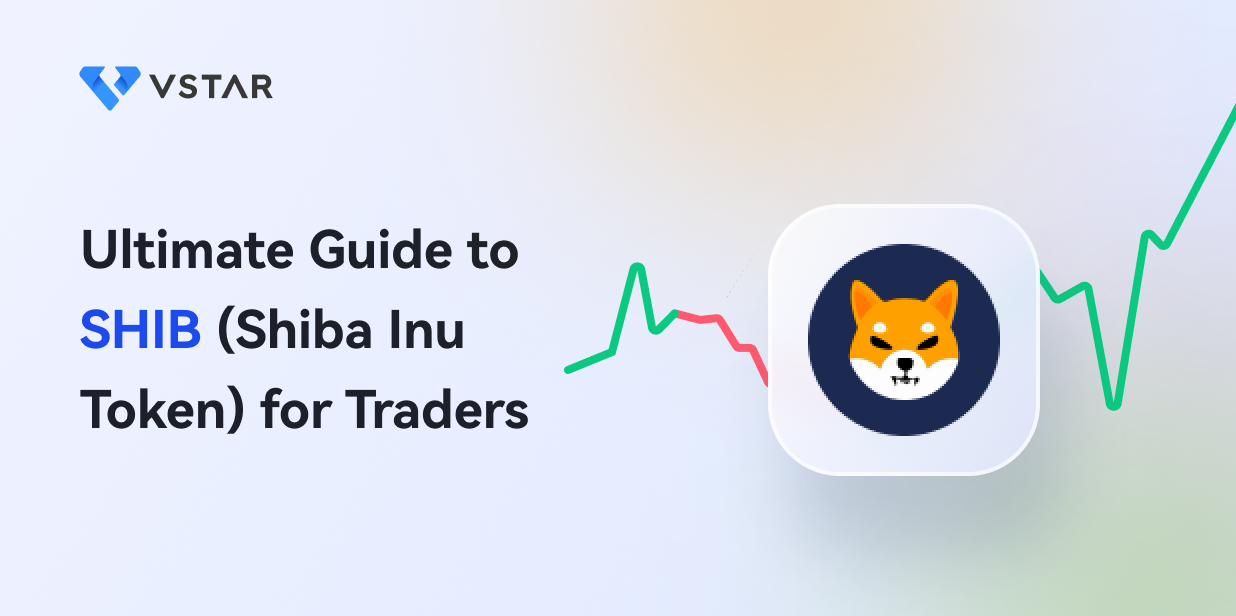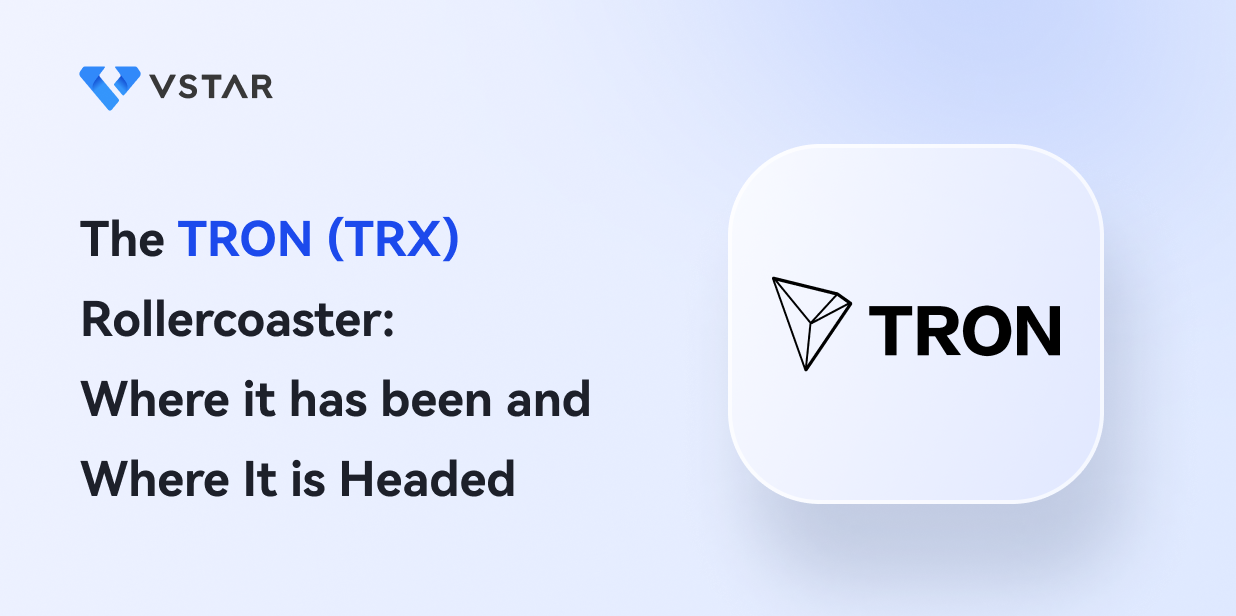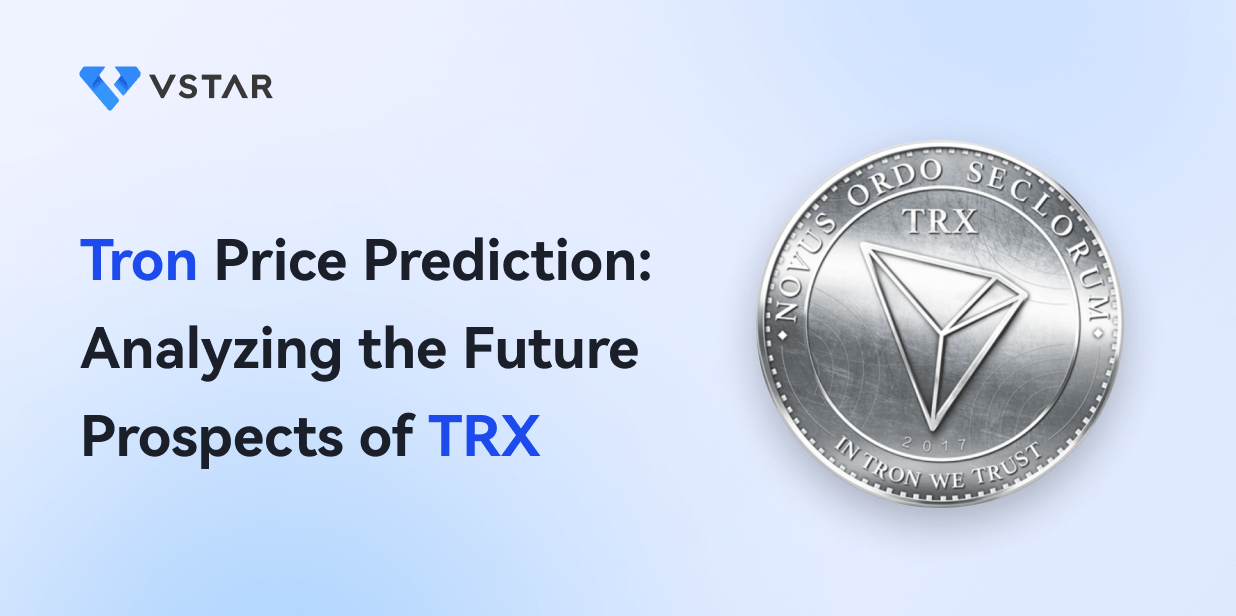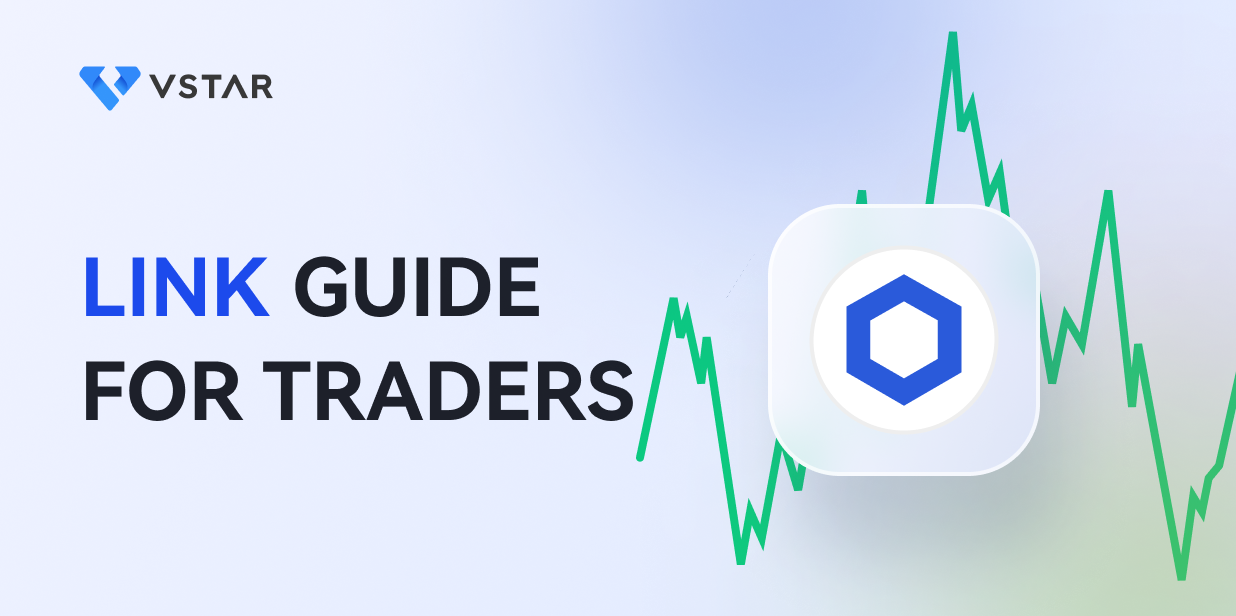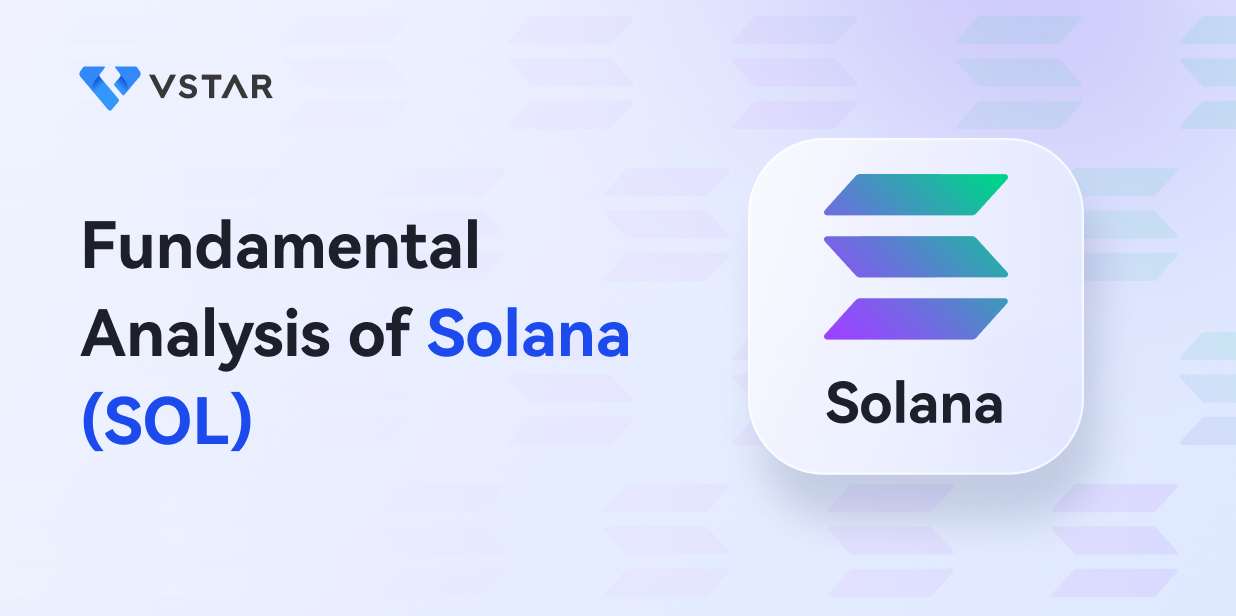Shiba Inu (SHIB) isn’t new in the cryptocurrency space. It was created in 2020 by an anonymous person or group known as Ryoshi; its popularity rose in 2021 when Elon Musk criticized Inu Shiba on Twitter. It wasn’t long before this altcoin (a cryptocurrency other than Bitcoin) gained more value in the market, and its market capitalization surpassed that of its main competitor Dogecoin. However, it saw a sharp drop in 2022 like it was for other cryptocurrencies in the market.
You might be wondering what exactly Shiba Inu is and what investment opportunities it offers. Well, you’re in the right place! In this post, you’ll answer all fundamental questions about Shiba Inu and how to trade it as an investment.
What is SHIB?
SHIB is an ER-20 token on the Ethereum blockchain called Shiba Inu. This token is named after a Japanese dog breed called the Shiba Inu. This is one of the insanely popular tokens in the cryptocurrency ecosystem with a persistent and large community. However, one challenge this popular meme token faces is that its value is highly tied to speculation. Also, it has limited utility.
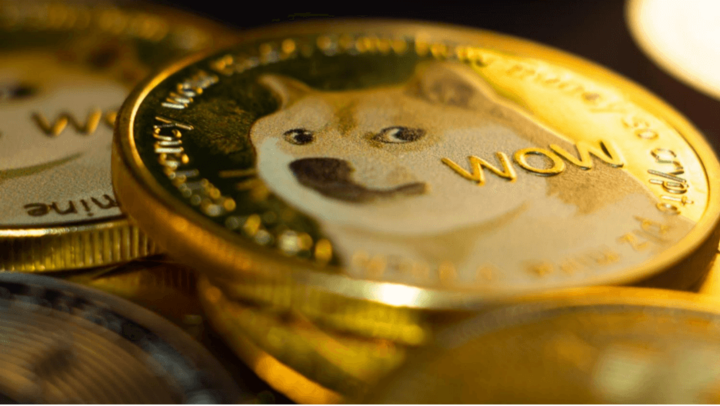
Is Shiba Inu tied to Dogecoin?
Initially, SHIB was launched as an alternative to Dogecoin (DOGE), so some followers refer to it as ‘the Dogecoin killer”. You could define SHIB as a joke-influenced cryptocurrency that aims to outperform DOGE. These cryptocurrencies are meme coins and tend to share similar themes, including the Shiba Inu dog as the mascot. However, you need not assume both are the same because DOGE is a coin while SHIB is a token. Besides, each is from a different blockchain.
Confusing? Dogecoin runs on its own dedicated blockchain and has its own coin (DOGE), just like the Ethereum blockchain has its own coin (ETH). On the other hand, Shiba Inu Ecosystem is built on top of the Ethereum blockchain network. Now, Ethereum allows Shiba Inu to create tokens (SHIB) that act like coins.
SHIB’s tokenomics
SHIB tokenomics aims to maximize value for its community. SHIB has a maximum supply of 1,000 trillion tokens, making it an affordable cryptocurrency for most investors and traders. 50% of its supply was locked on Uniswap for liquidity purposes at the launching stage. As of March 2023, over 589 trillion SHIB tokens were in supply, and the market cap of SHIB stands at $5.86 billion.
Where can I buy SHIB?
SHIB can be bought on most crypto exchanges like Binance and other decentralized exchanges (DEXs). Depending on the exchange or broker, you can purchase it in FIAT currency or convert other cryptos into SHIB. You may also need a crypto wallet to store the crypto or leave it on the exchange.

Key Consideration for Traders in the SHIB CFD Market
Trading SHIB in the CFD market is one of the common ways traders invest to earn small returns consistently. It entails speculating on the SHIB’s price movement at strategic points to sell or buy. As a result, it requires you to place numerous trades frequently as soon as trading opportunities arise in the market.
Here are key things traders need to consider while trading SHIB CFDs:
- High volatility
Generally, the crypto market is volatile, and SHIB is a volatile penny cryptocurrency. As a meme coin with little utility, SHIB's price is driven mainly by hype and social media. Consequently, it’s exposed to wild price swings and high volatility
So why is it important to understand volatility in the crypto market? It’s a primary factor when assessing investment risk. High market volatility also increases investment risk when you don’t manage risk appropriately. However, healthy volatility creates excellent opportunities for traders to make profits.
- Technical analysis
Technical analysis is a critical aspect of trading. It’s what helps evaluate and identify trading opportunities.
As a trader, you use chart patterns, support/resistance levels, trend lines, and indicators like moving averages and RSI to analyze and predict future price action. Other benefits of understanding technical analyses include the following:
● It helps determine targets and stop loss levels
● It helps determine entry and exit points
Although fundamental analysis also plays a role in trading, with a token like SHIB, it’s almost useless. Moreover, using fundamental analysis in cryptocurrency requires a different approach than other markets.
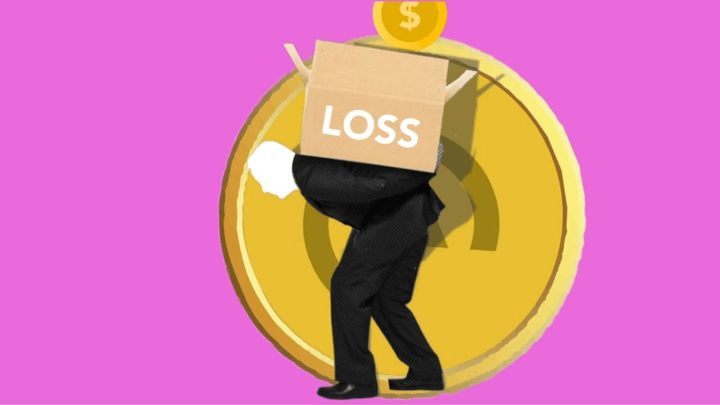
- Breakout trading
Often, breakouts in the market present possible trading opportunities to a trader who can recognize them. What is a breakout anyway? It’s a price movement outside a defined support or resistance range/zone backed by a high trading volume.
You can develop a breakout trading strategy for trading SHIB, which helps identify when the price breaks out of the trading range or an established trendline. You might be wondering whether breakout trading is profitable. It’s a profitable trading strategy, especially when you can enter at the start of the extended move. Nonetheless, it’s high risk because you could fall victim to fake breakouts.
- News-based trading
A trader needs to monitor crypto news and social feeds (they’re price drivers in the crypto market) related to SHIB. The hype on social media from SHIB’s community and prominent individuals and real-time cryptocurrency news tend to change overall cryptocurrency price trends in the market.
It’s something you should be cautious of while trading. The best approach is to try to trade ahead or immediately after the news breaks.
- Tight stop losses
Like most cryptocurrencies, SHIB is a volatile asset that can drop 10-30% in minutes. Therefore, having a risk management strategy is important, and using stop losses is one of the best ways to go about it. Before getting into any trade, have defined stop loss levels. It protects you from excess loss of your account balance. A stop loss can also be used to lock in profits when the market has already moved in your anticipated direction.
Key Consideration for SHIB Long-Term Investors
Another alternative to making gains from SHIB is by investing long-term. It entails buying SHIB tokens at a low price and holding and selling at a higher price in the future to make profits. A good example is SHIB spot trading.
As seen in this token’s performance over time, it has shown to be a viable long-term investment. However, it also experiences a prolonged consolidation phase.
Is SHIB a good long-term investment? The answer to this question is entirely subjective since it provides short- and long-term investment opportunities. Besides, this token has only existed for nearly 4 years, and for investors who got in early 2020, it only took them a year to reap massive gains.
Here are essential things you should consider investing long-term in SHIB:
- Little value proposition
Unlike major cryptocurrencies like BTC, LIT, and ETH, SHIB has little value proposition in the market. This token has virtually no use for investors outside of a cryptocurrency exchange. Currently, no strong fundamentals support buying SHIB as a long-term investment. Therefore, it’s best to buy it if you believe in its future. For instance, you could hope Shiba Inu’s proposed developments, like the Shibarium and SHIB Metaverse, will drive up the SHIB’s value.
- Community strength
Community-driven initiatives are one of SHIB’s features that make it stand out. Generally, you could say that SHIB is somewhat of a community-driven cryptocurrency: its value depends on the hype and loyalty of the community.
For that reason, you must understand that holding this token for the long term relies on its community. But here is the best part: if the community keeps growing continuously, the support of the token expands as well. Consequently, SHIB may, in the long run, find more utility and purpose. However, you must not forget it’s still a risky approach.

- Affordability
SHIB has a massive supply of 1 Quadrillion tokens, an enormous volume, thus creating an unlimited supply of tokens. The availability keeps the demand and prices low, thus making the token quite affordable in the market. Additionally, affordability allows small investors to purchase a large number of coins. Suppose in the future SHIB gains more mainstream adoption; such investors would gain big profits.
- Ecosystem development
As a long-term investor of the SHIB, you must keep track of Shiba Inu’s ecosystem development. If the ecosystem has positive developments, that’s one factor that could increase SHIB’s value. For instance, the upcoming 2023 upgrades like the Shibarium layer 2 version and the addition of Shiba Inu to blockchain’s earn program could impact investors' sentiment around the SHIB. Technically, Shibarium aims to increase token utility and enhance seamless DApp development.
- Competitor to DOGE
DOGE is the meme coins board leader, with a market of approximately $10.95B as of May 2, 2023. On the other hand, SHIB is another pretty new meme coin, with a market cap of slightly half of DOGE. Also, reflecting on previous events, in October 2021, SHIB rallied to an all-time high, bringing its market cap close to that of DOGE.
For this reason, some investors believe SHIB can succeed as DOGE’s competitor and even outperform it over time. It simply means at any point DOGE falls, SHIBS could be the next big meme coin for most investors.
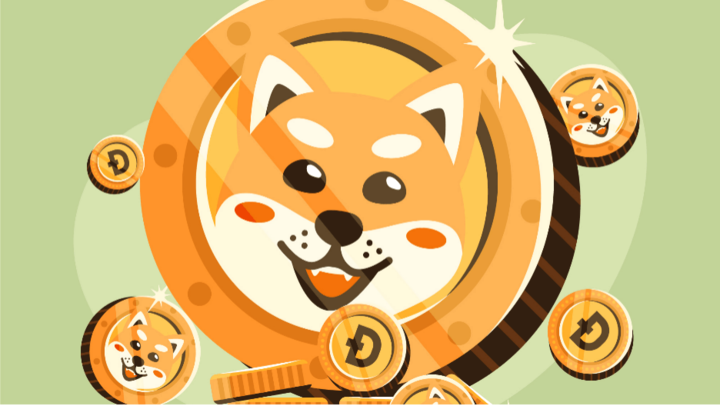
CFDs Based on SHIB
Contract for Difference (CFD) trading is a simple and common way to trade underlying assets such as shares, foreign exchange, commodities, and cryptocurrencies. It entails speculating the price movement of the underlying asset. The best part is that you don’t have to own the underlying asset. For instance, you can trade SHIB CFDs without owing the actual token.
Now, to get started with SHIB CFD trading is simple. An important part is to have an account with a broker like VISTAR offering crypto CFDs. Then you deposit and start trading. It’s a straightforward process.
Why you should consider SHIB CFD trading
- You don’t own the underlying asset
With CFD trading, you eliminate the risk of the underlying asset. However, it’s not risk-free but makes it more accessible for small investors.
- Access to margin trading
Margin trading allows you to take bigger positions even when you’ve little capital: you only need a fraction of your capital to open a big trade due to the higher exposure. It’s achieved through leverage. However, you need to know that margin trading can magnify your losses as it does to profits.
- Take buy and sell positions and hold without an expiry date
CFD trading lets you speculate price movement and take trades in bullish and bearish markets. Compared to spot trading, CFD trading offers better opportunities to make profits regardless of the market direction. Additionally, most CFD brokers offer 24/7 trading, allowing you to hold your positions as long as possible.

- Easy to react to market changes
Instant execution of the market and limit orders is one the essential tools/feature you can utilize in CFD trading. Why is that important anyway? You can quickly react to market changes like price moves. As a result, it allows opening positions of high-potential trades or closing trades early to cut losses.
- You can manage risk
In CFD trading, you can access tools that help you manage risk in the market. They include:
● Stop loss orders – having a stop loss on open position(s) shows you know your limit of possible loss if your market analysis isn’t on point.
● Stop limit orders – it helps you close your position in profit immediately after the market hits your predetermined price level.
● Trailing stops orders – it helps you to automatically limit your position’s losses while locking in some profits.
Do you want to know more about risk management in CFD trading? We’ve another section down here with more details.
3 Important things you need to know before you start trading SHIB CFDs
Consider utilizing demo accounts, especially for beginners
Most brokers provide you with a demo account. You can use it to practice trading SHIB CFDs risk-free before funding your own money to trade. Additionally, you get to experience how the market works, particularly for beginners.
However, experienced traders could also use demo accounts to test new strategies.
Choose a reputable broker
Are you looking for a smooth trading experience? Choose a reputable regulated broker to trade with. Other essential things to consider when choosing a broker include fees, funding rates, spreads, and ease of deposit/withdrawal.
Avoid over-leveraging / use leverage with caution
The ultimate goal of using leverage in CFD trading is to enable you to use your small capital and buying power from the broker to open bigger positions than your capital would allow. If a trade plays out your way, leverage magnifies your profits and vice versa.
Therefore, you ought to be cautious of using high leverage, especially in times of extreme volatility in the market.

Managing Risk in SHIB CFD Trading
Trading is more of a high-risk, high-reward investment. In addition, even experienced traders in the market incur losses occasionally. You probably want to know what keeps them consistently profitable and survive long in the market. Risk management is the answer. The ultimate goal of managing risk is to ensure you minimize losses and you can always have the capital to trade another day.
5 tips for managing and controlling CFD trading risks
- Invest what you can afford to lose
SHIB is a highly speculative token, making it a risky investment. Therefore, avoid violating the rule “never invest money you can’t afford to lose.” It helps you avoid making trading decisions based on short-term fluctuations. Above all, you avoid compromising your financial health.
- Take profits when you can and trail stop loss
SHIB CFDs sometimes see massive price gains. Suppose you entered into such trades and you’re in profit, don’t hesitate to take some partial profits (a portion of your floating profits). Suppose you intend to let your winners run; consider trailing your stop loss to breakeven to protect your capital. Here is the truth, the same way a trade runs into profits pretty quickly, it’s the same way it would turn to a losing trade if the market reverses.
- Have an exit plan as part of your strategy
Before opening a position, you must predetermine when you intend to exit the market. It applies to both long-term and short-term investors. An exit strategy helps you avoid making decisions based on your emotions which often compromise your trading plan.

- Avoid adding to a losing trade
Adding to a losing trade is one best way to compromise your risk and could easily put you into more losses if the market still moves against you.
- Stay up to date
Following announcements by Shiba Inu’s team or news about new exchange listings, partnerships, or any concerns that could impact SHIB’s price change or community is crucial. You should also be ready to act fast if needed. For instance, you see some news that creates nice trading opportunities, and you can enter instantly. You could also see some news or announcements that show a high probability of extreme volatility in the market, and you opt to close your positions pretty fast.
What are the additional risks to note with SHIB CFD trading?
- Counterparty risks
Counterparty risk refers to the risk that the provider issuing CFD (CFD broker) defaults and fails to fulfill its financial obligations. If a broker becomes insolvent, you risk losing any of the funds you’ve deposited with them.
A possible solution
To mitigate this kind of risk, consider choosing a reputable broker or company that is licensed by local or international regulatory bodies and financial institutions. Some of the most trusted regulatory bodies include the Australian Securities and Investment Commission (ASIC), Financial Conduct Authority (FCA), and Cyprus Securities and Exchange Commission (CySEC). You should consider reading the agreement while opening a live trading account.

- Overnight funding costs
Often, brokers will charge you a certain fee (it varies among brokers) for holding trades past market close to keep your positions open. Suppose you want to hold long-term trade in the CFD market; it can be costly.
A possible solution
The most effective way to minimize such extra trading costs is to avoid using brokerage firms with insane fees and commissions. Seek alternative brokers with low fee rates.
- Forced closures
Sometimes, a brokerage firm could automatically close your open positions if certain conditions like margin call or stop-out levels are met. In such instances, you may end in significant losses.
A possible solution
As a trader, you control the risk you take when opening positions, which helps you avoid forced closures and margin calls. Ensure the risk you take won’t expose you to a potential loss of more than 50% of equity anytime you run trades. Monitor your equity and ensure it’s above the required maintenance level. Alternatively, you can deposit more funds to maintain your margin above 50% of equity when you get a margin call
- Exchange outages
At times, brokers and exchanges have planned and unplanned outages, like in extreme market volatility. In such a scenario, you’ve no control over your CFD positions and are at the mercy of the market when trading resumes. It can frustrate traders.
A possible solution
As a trader, you’ve no control over technical issues like volatility or planned outages. However, you can choose a reliable online broker with fast execution speed.


Bottom line
SHIB is a promising cryptocurrency investment for short- and long-term investors. It ranks as the 15th cryptocurrency in the market in terms of market cap. It has a vibrant and strong community that is optimistic about this token’s value. Recently, the world’s largest crypto exchange Binance has opened seven new crypto liquidity pools, including Bitcoin and Shiba Inu, amid increasing demand for these cryptocurrencies.
For investors with little capital looking to invest short term, SHIB CFD trading is the best way. It allows you to open sell and buy positions and access margin trading, which helps boost your profitability. However, you must understand and practice risk management while trading CFDs.







